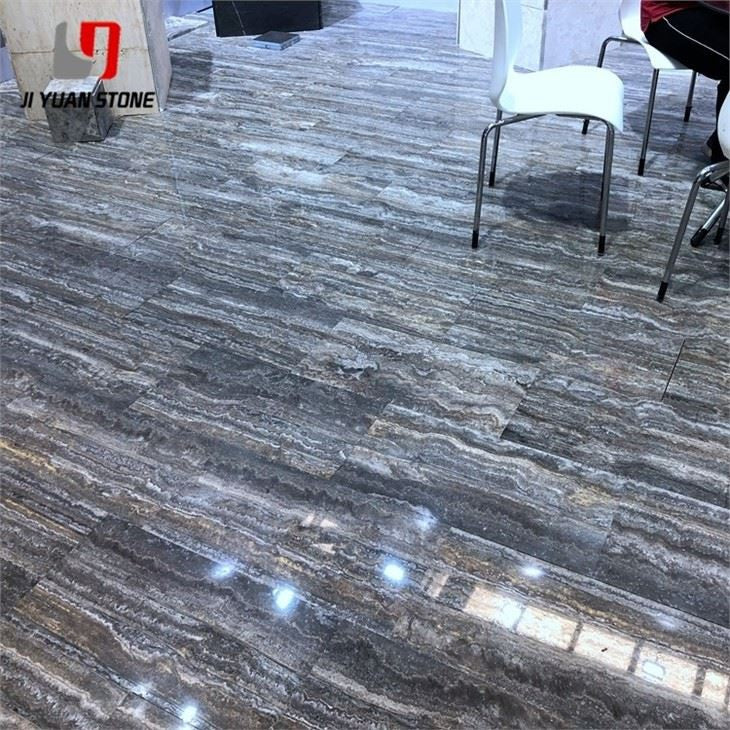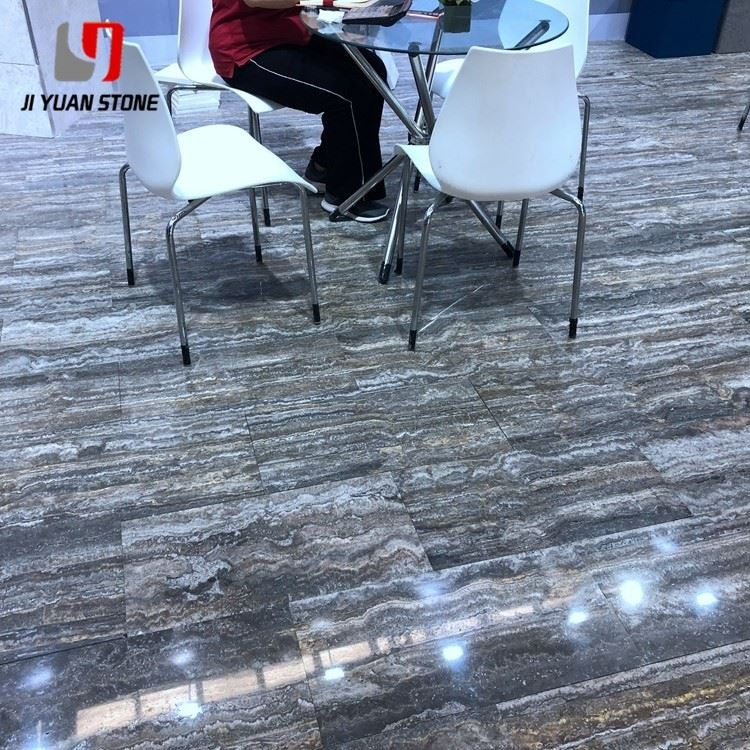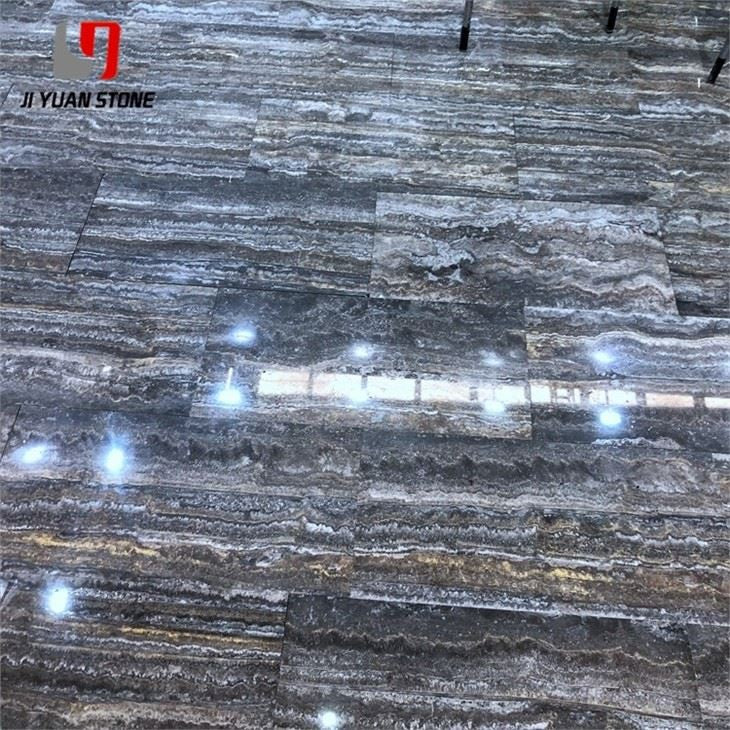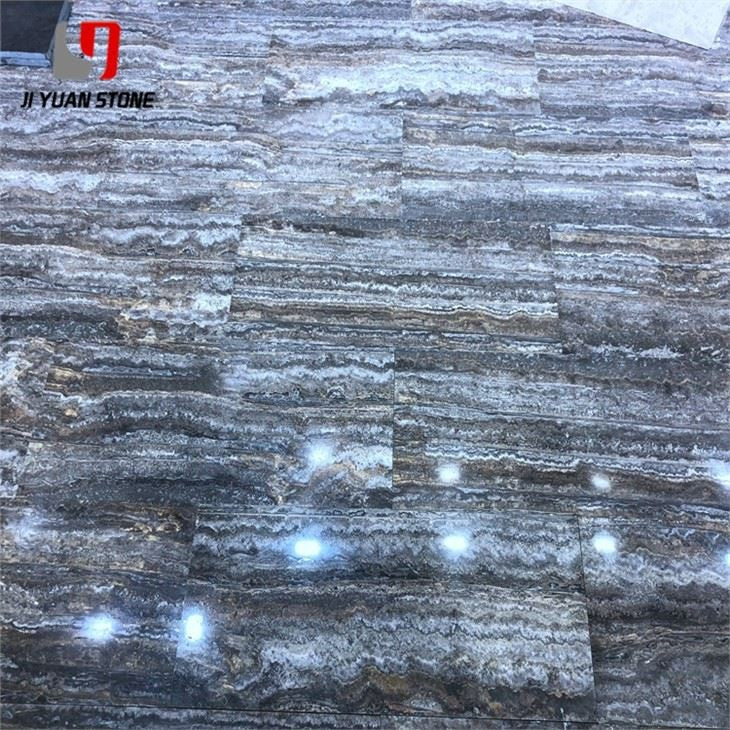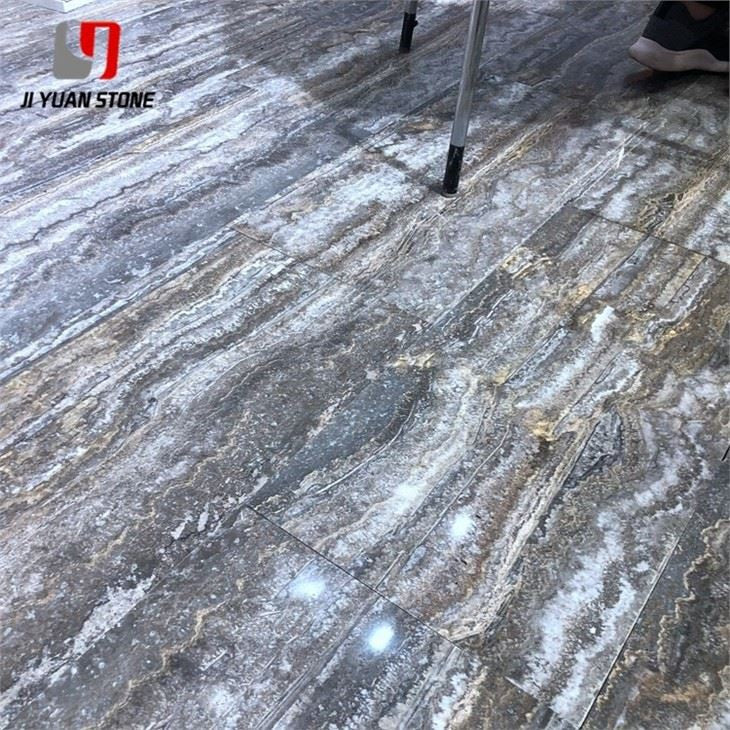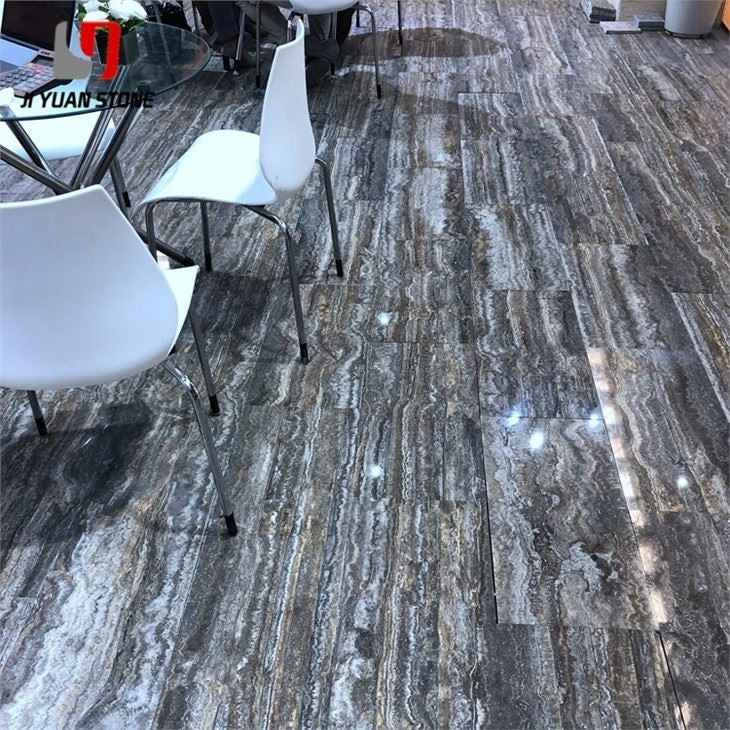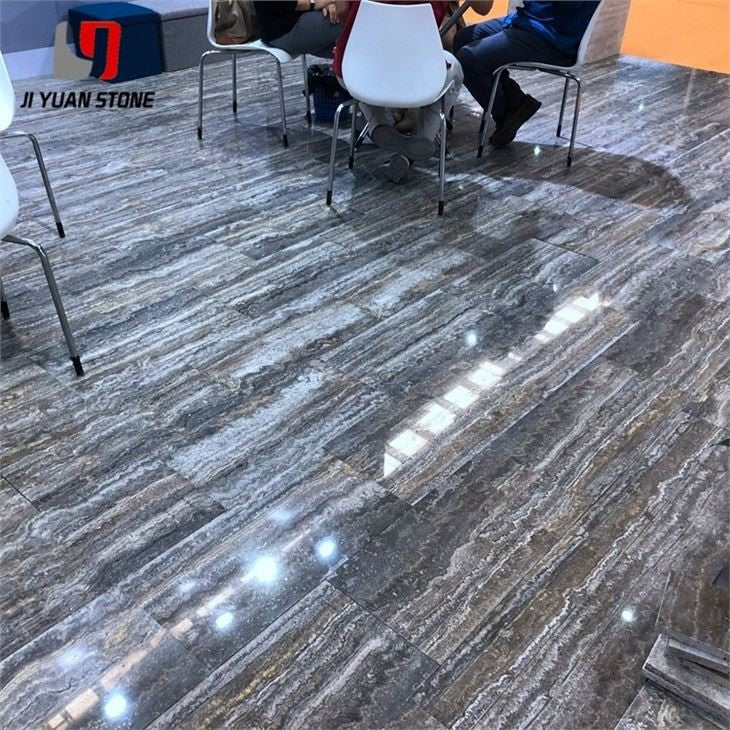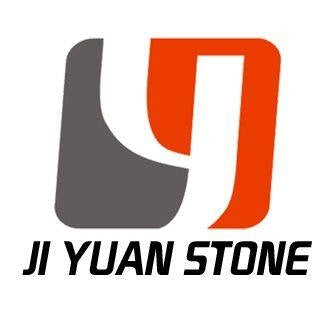Travertine Paving Slabs
Travertine Paving Slabs
Travertine Paving Slabs – Elegant & Durable Natural Stone for Outdoor Spaces
Crafted from sturdy travertine, our paving slabs provide durability and elegance to any outdoor space. With natural color variations and a non-slip surface, they seamlessly blend into your landscape while providing a safe and stylish surface for outdoor activities. Experience the beauty and strength of travertine paving.
| Feature | Details |
|---|---|
| Material | Natural travertine |
| Colour | Grey |
| Thickness | 15mm , 16mm , 18mm , 20mm or customized |
| Slab sizes |
|
| Tile sizes | 300x300mm ; 600x600mm; 450x450mm etc |
| Surface | Honed |
| Edge processing | Machine cutting, round edge etc |
| Packing | Seaworthy wooden crate, pallet |
Enhance your landscaping with the timeless beauty and rugged performance of Travertine Paving Slabs. Known for their natural elegance and versatility, these slabs are a top choice for outdoor projects such as patios, walkways, courtyards, and pool surrounds. With a rich history and unique natural formation, travertine provides a sophisticated surface with long-lasting durability.
✅ Definition & Composition:
Travertine is a type of calcium carbonate stone, also referred to as calcite, and is widely used in architectural and outdoor applications due to its natural charm and strength.
- Mohs Hardness: 3
- Composition: Approximately 95% calcite
- Minor Minerals: Dolomite, siderite, quartz, feldspar, mica, and clay minerals
These trace elements and minerals create the distinctive color variations and textural beauty that travertine is known for.
✅ Color Variations:
- Pure Travertine: White
- Limonite & Siderite: Yellowish-brown hues
- Iron Oxides: Rich red tones
- Chlorite Minerals: Green shades like sea green or chlorite green
- Carbon Content: Pitch gray and black
These unique patterns make every travertine paving slab one-of-a-kind, ideal for custom, high-end outdoor designs.
✅ Formation & Texture:
Travertine forms in seawater environments from the accumulation of:
- Animal and plant fragments
- Calcareous mud
- Organic matter
After the organic decay process, carbonates dissolve and redeposit as calcium carbonate, forming stone structures such as shells and reefs. When cut, the stone often reveals intact or fragmented fossils, adding to its aesthetic appeal.
- Reef-formed travertine: Dense and solid
- Layered sedimentary travertine: Can be porous or compact
✅ Travertine vs. Dolomite: Know the Difference
Dolomite is another natural stone that shares visual similarities with travertine, often found in the same geological regions. However, it has distinct differences:
- Composition: Calcium magnesium carbonate
- Hardness: 3.5–4 (Mohs) – slightly harder than travertine
- Acid Resistance: Higher, less reactive to acidic substances
🔍 How to Differentiate:
1 . Hardness Test: Dolomite resists scratching better than travertine.
2 . Acid Test: Travertine reacts vigorously with acid (bubbles), while dolomite reacts mildly.
3 . Lab Analysis: For precise classification of mineral content and origin.
✅ Porosity & Durability:
Travertine is naturally porous, which adds to its grip and drainage properties, making it ideal for wet or outdoor environments. However, sealing may be recommended for long-term use. Dolomite is more acid-resistant and less porous, offering better performance in highly polluted or acidic environments.
✅ Frequently Asked Questions:
1. What is your time of making samples?
We usually take 1–3 days to make the samples.
2. What is your MOQ?
Usually 50 square meters.
3. What is your delivery time?
1 to 2 weeks for one 20’ container after deposit confirmation.
4. Where is the shipping port?
Xiamen, Qingdao, Tianjin, Wuhan, or Shenzhen ports.
5. What is your payment term?
30% T/T in advance, 70% against shipment, or L/C at sight.
6. Where is your company located?
Our company is based in Xiamen, Fujian Province, China.
7. What are your main products?
We specialize in Travertine, Marble, Granite, Quartz, Limestone, Sandstone, Countertops, Vanity Tops, Basins, Tombstones, and more.
Upgrade your landscape with the authentic charm and natural resilience of Travertine Paving Slabs. Contact us today for a quote or sample and bring timeless beauty to your outdoor design.
Share
